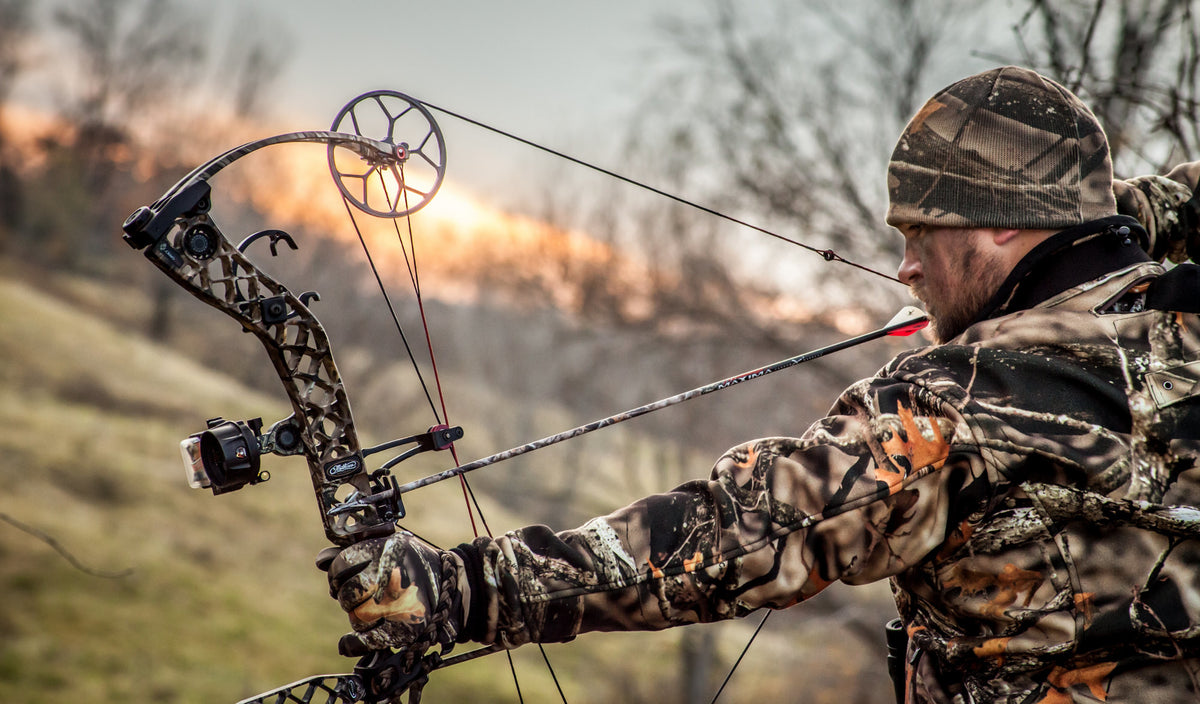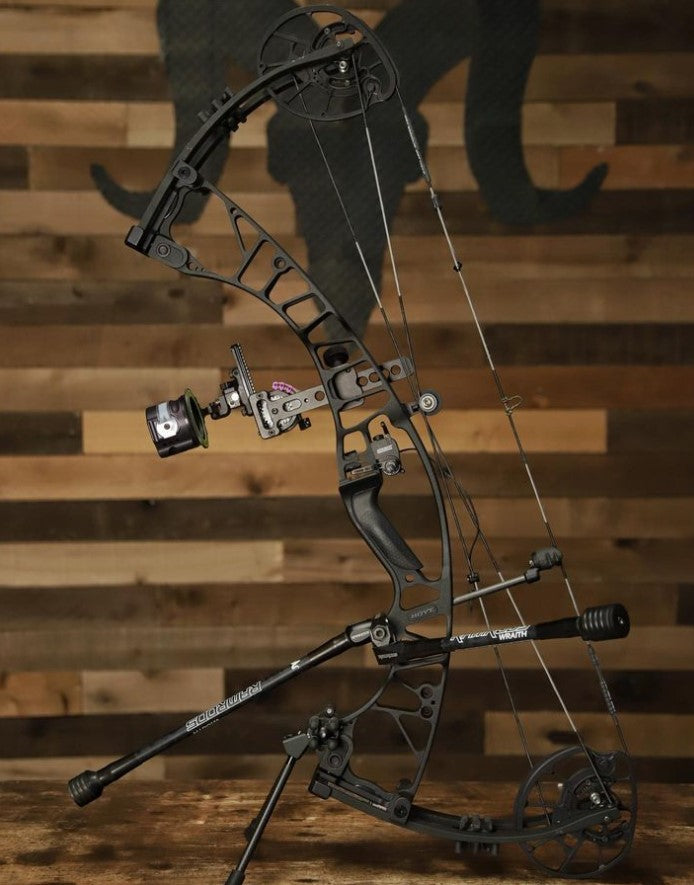Maximize Your Archery Precision With These Bow Stabilizer Strategies
In the realm of archery, achieving optimum accuracy is a quest that demands careful interest to information and technique. One important component that can considerably affect your efficiency is the proper utilization of bow stabilizers. These often-overlooked devices hold the prospective to boost your capturing efficiency to brand-new heights, but just if used correctly. By discovering the nuanced approaches of choose, installing, and adjust bow stabilizers, archers can unlock a realm of accuracy that might have formerly avoided them. Whether you are an experienced archer wanting to improve your skills or a beginner excited to boost your accuracy, mastering these bow stabilizer methods could be the secret to hitting your mark with unrivaled consistency.
Advantages of Making Use Of Bow Stabilizers
Making use of bow stabilizers can substantially improve an archer's accuracy and total efficiency by decreasing bow torque and vibration. Additionally, bow stabilizers wet resonance, which not only improves the convenience of capturing but also avoids the bow from leaping upon release, hence helping in maintaining correct aim.
Furthermore, bow stabilizers can help in holding the bow consistent, particularly during gusty conditions or when shooting from longer distances. The added weight at the front of the bow supplies stability and equilibrium, enabling the archer to focus on intending without the disturbance of bow movement. Generally, the advantages of making use of bow stabilizers expand past just precision, boosting the archer's experience and efficiency in various shooting scenarios.
Selecting the Right Bow Stabilizer
Picking the suitable bow stabilizer is critical for maximizing your archery tools and improving shooting performance. Larger stabilizers can assist reduce bow torque and take in even more resonance, leading to a steadier aim.

Finally, consider the layout of the stabilizer. Some stabilizers come with adjustable weights or dampeners that allow you to customize the equilibrium and feel of your bow. Inevitably, picking the best bow stabilizer entails discovering a balance between weight, size, layout, and material to boost your capturing accuracy and total efficiency.
Proper Installment Methods
To guarantee optimum performance and safety in archery, understanding proper installation techniques for your bow stabilizer is essential. The first step in setting up a bow stabilizer is to identify the correct positioning on your bow.
Next, securely attach the stabilizer to the bow using the appropriate mounting hardware. Some stabilizers come with adjustable weights that can be added or eliminated to fine-tune the equilibrium of your bow.

Adjusting Stabilizer Weight and Length
After guaranteeing the proper installation of your bow stabilizer, the following step entails changing the weight and size to enhance its efficiency in enhancing archery precision. The weight of the stabilizer plays a critical duty in reducing bow motion during the shot cycle.
When it comes to stabilizer length, discovering the additional hints right equilibrium is key. A longer stabilizer can give higher security by boosting the range between the bow and the weight at the end of the stabilizer. This added range improves the stabilizing impact, specifically in windy problems or when shooting at longer ranges. Conversely, a shorter stabilizer supplies extra ability to move and may be liked by archers that value dexterity and quick motions throughout capturing.
Advanced Stabilizer Tuning Tips
Attaining ideal bow security and precision in archery requires a nuanced strategy to advanced stabilizer adjusting. Advanced stabilizer tuning includes fine-tuning numerous parts to improve the bow's balance, lower resonance, and improve overall precision. One essential technique is to try out different stabilizer setups, including side-bar and back-bar arrangements, to locate the ideal equilibrium between stability and ability to move for your shooting design. bow stabilizer. Furthermore, changing the angle and positioning of the stabilizer can have a significant effect on exactly how the bow reacts upon launch.
Another essential facet of advanced stabilizer adjusting is maximizing the damping buildings of the stabilizer system. This can be achieved by incorporating from this source extra moistening accessories such as rubber dampeners or harmonic stabilizers to additionally minimize resonance and sound. Checking out various materials for the stabilizer building and construction, such as carbon fiber or light weight aluminum, can also affect the bow's performance by changing its weight distribution and rigidity. By meticulously make improvements these innovative stabilizer components, archers can maximize their precision and consistency on the array or in competitors.
Conclusion
In verdict, making best use of archery precision can be accomplished with the correct selection, setup, and adjustment of bow stabilizers. Generally, including bow stabilizers into archery technique can lead to enhanced efficiency and increased accuracy.
Utilizing bow stabilizers can substantially enhance an archer's accuracy and total efficiency by reducing bow torque and vibration. Longer stabilizers supply greater security and equilibrium, particularly for long-distance shooting, while much shorter stabilizers offer more versatility and are easier to maneuver in tight areas (bow stabilizer). Carbon fiber stabilizers are light-weight and resilient, while light weight aluminum stabilizers are durable and supply superb resonance moistening
A longer stabilizer can provide higher stability by raising the distance between the bow and the weight at the end of the stabilizer.Another vital aspect of innovative stabilizer tuning is optimizing the damping properties of the stabilizer system.